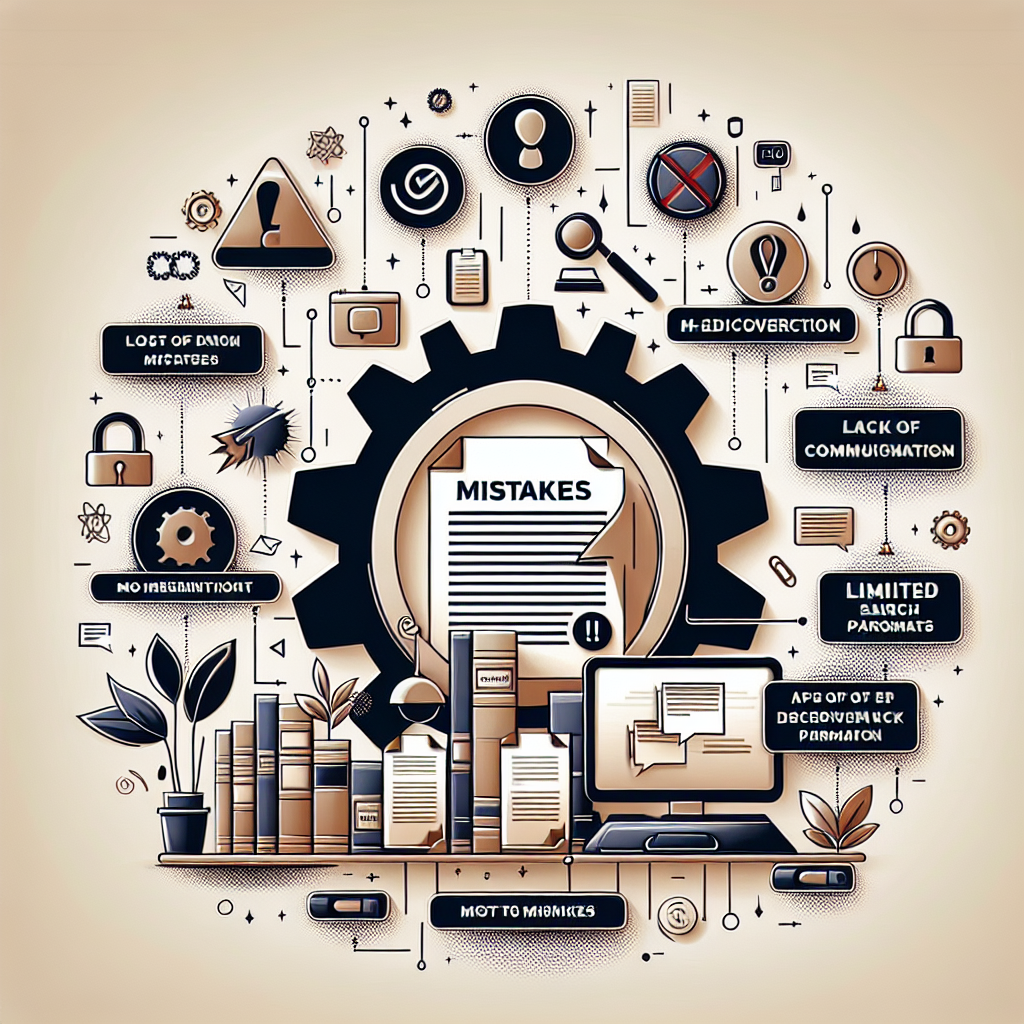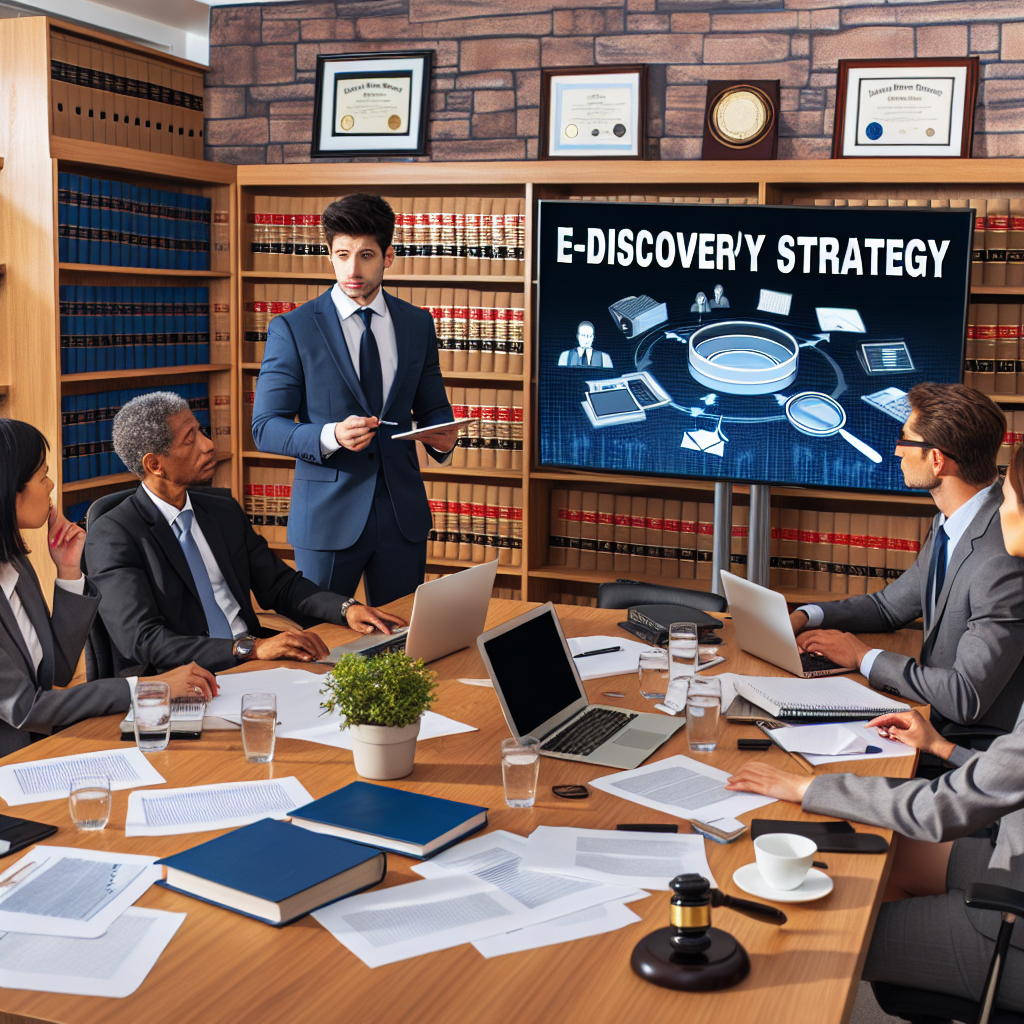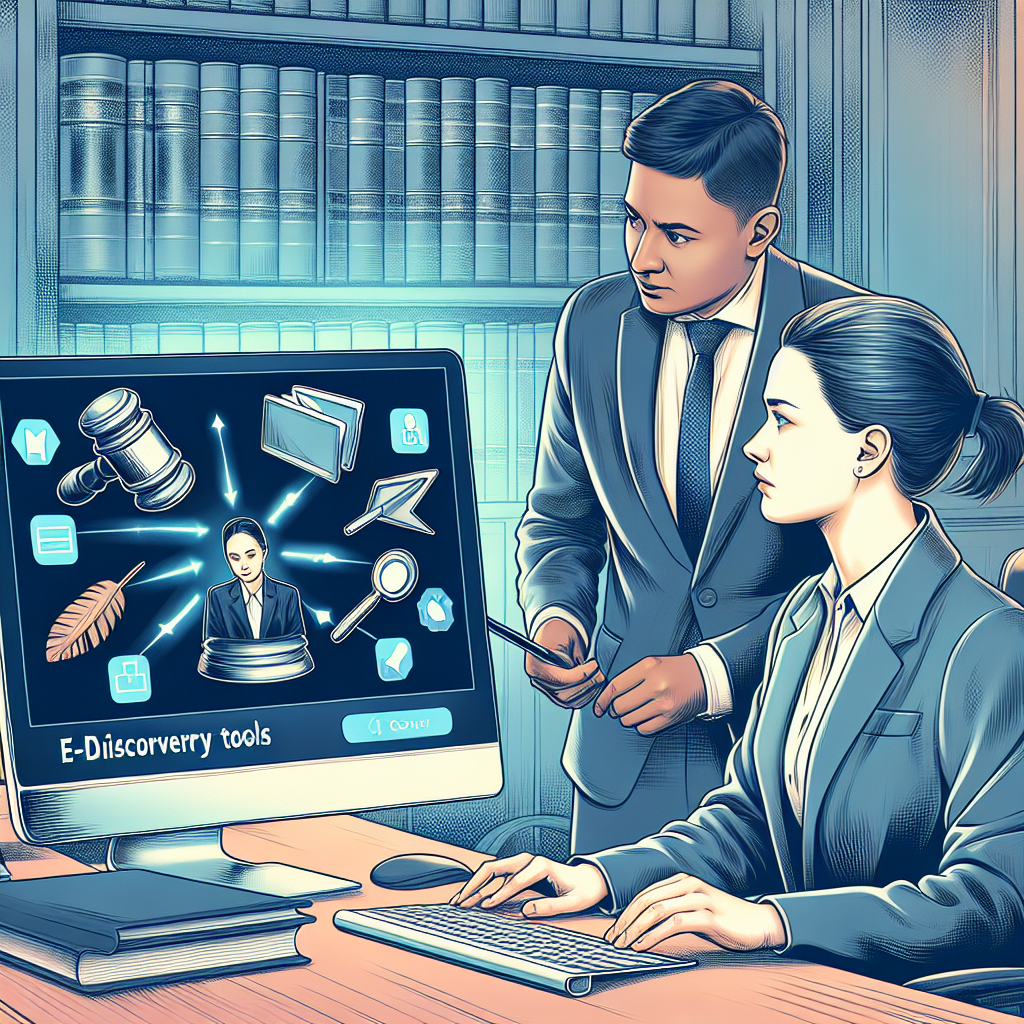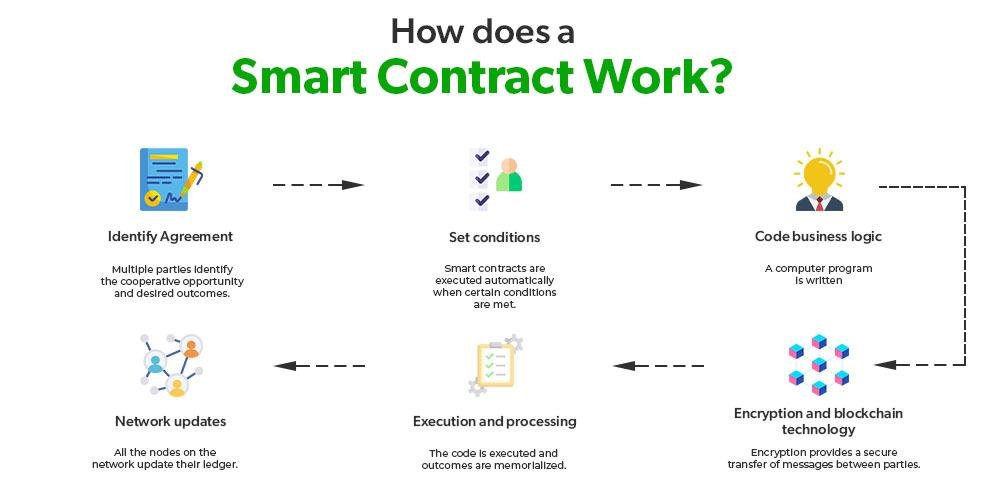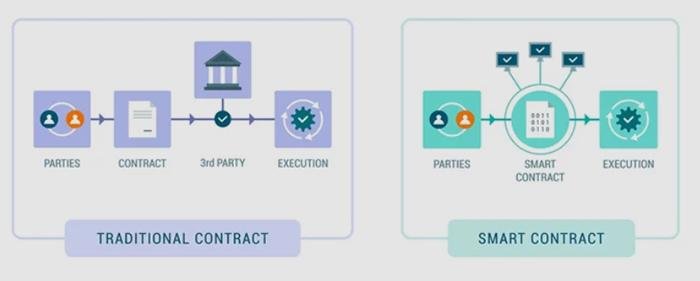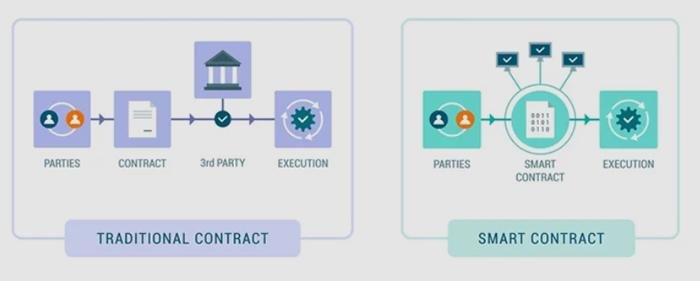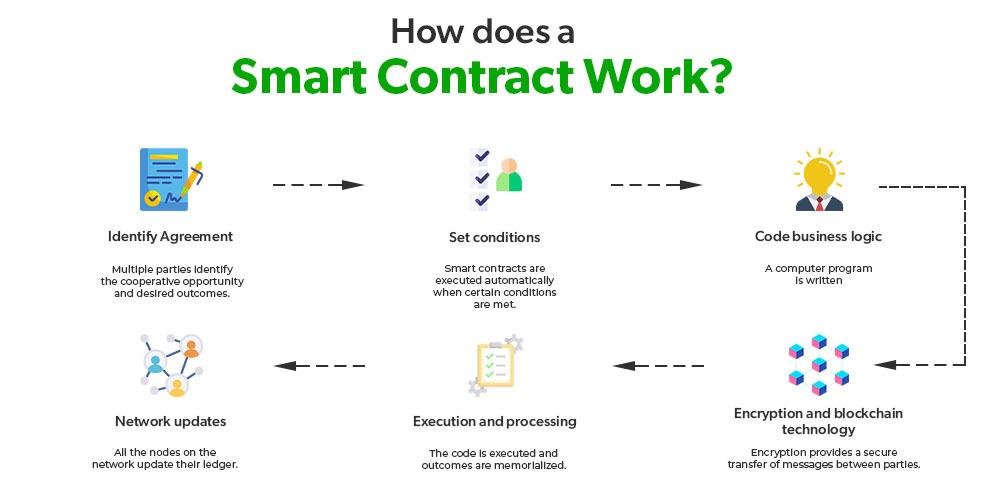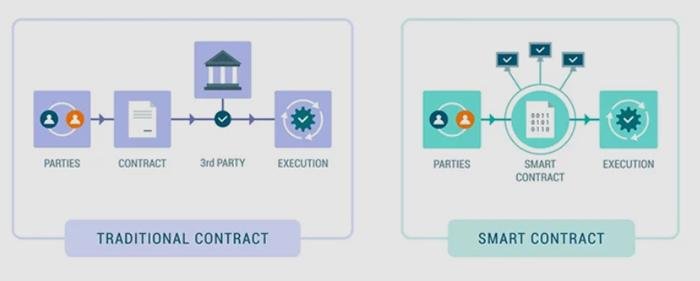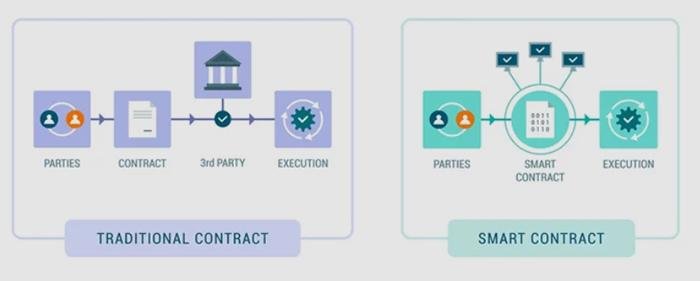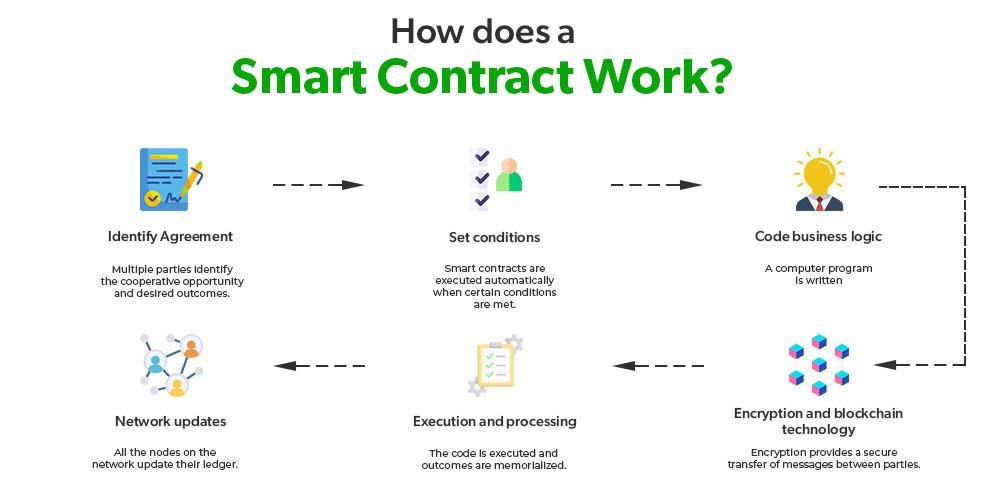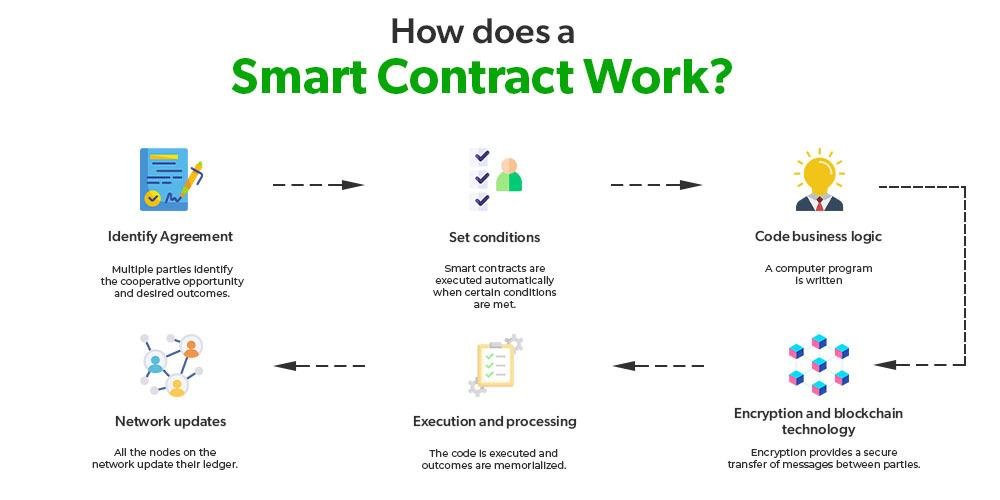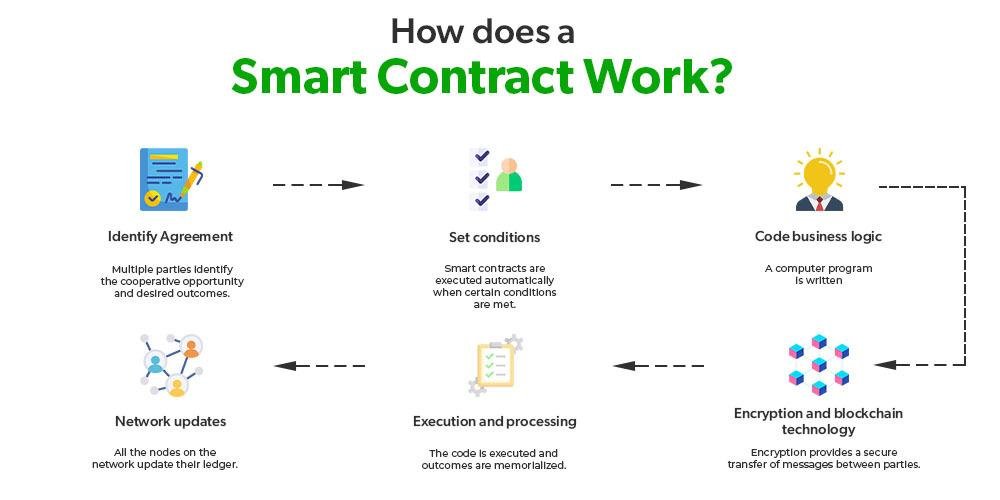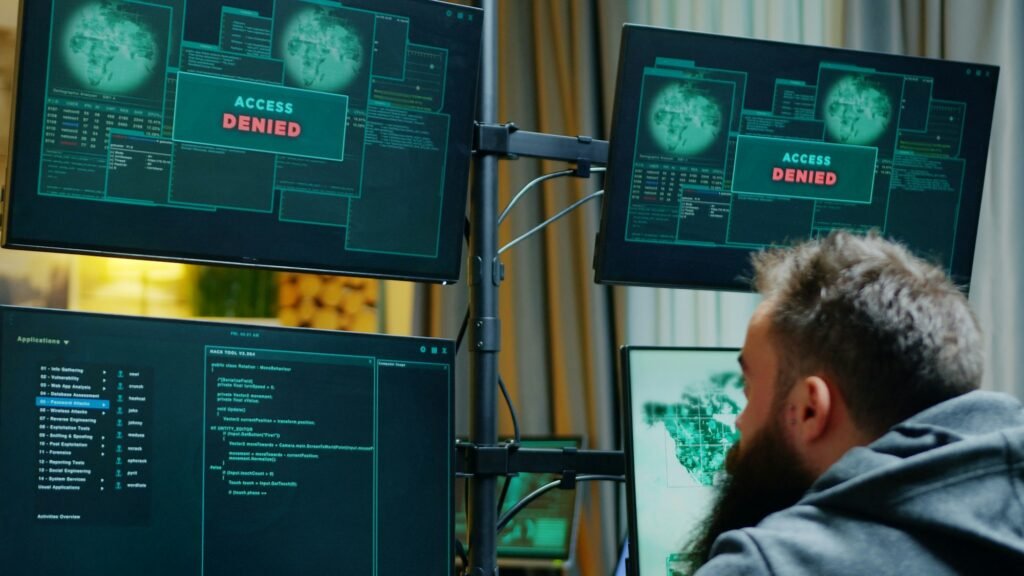Best Practices for Managing Large-Scale E-Discovery Projects

-
Table of Contents
Introduction
Managing large-scale e-discovery projects requires a strategic approach to ensure efficiency, compliance, and cost-effectiveness. Best practices in this domain involve meticulous planning, robust technology utilization, and effective team collaboration. Key elements include establishing clear objectives, implementing a well-defined workflow, leveraging advanced e-discovery tools for data processing and analysis, and maintaining open communication among stakeholders. Additionally, adhering to legal and regulatory requirements is crucial to mitigate risks and ensure the integrity of the process. By following these best practices, organizations can navigate the complexities of e-discovery while optimizing resources and achieving successful outcomes.
Effective Project Planning and Scoping
Effective project planning and scoping are critical components in the successful management of large-scale e-discovery projects. As organizations increasingly rely on digital data, the complexity of e-discovery has grown, necessitating a structured approach to ensure that all relevant information is identified, collected, and analyzed efficiently. To begin with, a comprehensive understanding of the project’s objectives is essential. This involves engaging with key stakeholders to clarify the scope of the e-discovery effort, including the specific legal issues at hand, the types of data involved, and the anticipated timeline. By establishing clear goals from the outset, project managers can create a roadmap that aligns with the overall legal strategy.
Once the objectives are defined, the next step is to conduct a thorough assessment of the data landscape. This includes identifying the various data sources, such as emails, documents, databases, and social media platforms, that may contain relevant information. Understanding the volume and variety of data is crucial, as it informs decisions regarding the tools and resources needed for the project. Additionally, this assessment should consider the potential challenges associated with data retrieval, such as data formats, storage locations, and access permissions. By anticipating these challenges early in the planning process, project managers can devise strategies to mitigate risks and streamline data collection.
In parallel with data assessment, it is vital to establish a realistic timeline for the project. This timeline should account for the various phases of e-discovery, including data identification, collection, processing, review, and production. Each phase requires careful consideration of the resources available, including personnel, technology, and budget. By breaking the project into manageable milestones, teams can monitor progress and make adjustments as needed. Furthermore, regular communication with stakeholders throughout the project ensures that everyone remains informed and aligned with the evolving timeline.
As the project progresses, effective scoping becomes increasingly important. This involves continuously refining the parameters of the e-discovery effort based on new information or changing circumstances. For instance, as data is collected and reviewed, it may become apparent that certain sources are more relevant than initially anticipated, while others may be less critical. By maintaining flexibility in the project scope, teams can focus their efforts on the most pertinent data, thereby enhancing the efficiency of the review process. This adaptability not only saves time and resources but also helps to ensure that the final deliverables meet the legal requirements and expectations of stakeholders.
Moreover, leveraging technology can significantly enhance project planning and scoping. Advanced e-discovery tools offer capabilities such as predictive coding, data analytics, and automated workflows, which can streamline the identification and review of relevant documents. By integrating these technologies into the project plan, teams can improve accuracy and reduce the time spent on manual tasks. Additionally, utilizing project management software can facilitate collaboration among team members, allowing for real-time updates and communication.
In conclusion, effective project planning and scoping are foundational to the success of large-scale e-discovery projects. By establishing clear objectives, conducting thorough data assessments, creating realistic timelines, and remaining adaptable throughout the process, organizations can navigate the complexities of e-discovery with greater confidence. Furthermore, embracing technology not only enhances efficiency but also empowers teams to deliver high-quality results that meet the demands of today’s legal landscape. Ultimately, a well-planned e-discovery project not only mitigates risks but also positions organizations for success in their legal endeavors.
Utilizing Technology for Data Collection
In the realm of large-scale e-discovery projects, the utilization of technology for data collection has become an indispensable component that can significantly enhance efficiency and accuracy. As organizations grapple with the complexities of managing vast amounts of electronic data, leveraging advanced technological tools is not merely advantageous; it is essential. The first step in this process involves identifying the right technology solutions that align with the specific needs of the project. This requires a thorough understanding of the types of data involved, the sources from which it will be collected, and the legal requirements governing its handling.
Once the appropriate tools are selected, the next phase is to implement a systematic approach to data collection. This often involves deploying automated data collection software that can efficiently gather information from various sources, including emails, documents, databases, and cloud storage. By automating this process, organizations can minimize the risk of human error, which is particularly crucial in large-scale projects where the volume of data can be overwhelming. Moreover, automated tools can often perform data collection at a much faster pace than manual methods, allowing teams to focus their efforts on more strategic tasks, such as data analysis and review.
In addition to automation, utilizing technology for data collection also encompasses the importance of ensuring data integrity and security. As sensitive information is often involved in e-discovery, it is vital to employ tools that not only facilitate efficient collection but also safeguard the data throughout the process. This can include encryption protocols, secure transfer methods, and comprehensive audit trails that document every step of the data collection process. By prioritizing security, organizations can mitigate the risks associated with data breaches and ensure compliance with relevant regulations.
Furthermore, the integration of advanced analytics tools can enhance the data collection process by providing insights that may not be immediately apparent. For instance, predictive coding and machine learning algorithms can assist in identifying relevant documents more quickly and accurately than traditional keyword searches. This not only streamlines the review process but also helps in uncovering critical information that may be pivotal to the case at hand. By harnessing the power of analytics, legal teams can make more informed decisions and allocate resources more effectively.
As the landscape of e-discovery continues to evolve, staying abreast of emerging technologies is crucial. Regularly evaluating and updating the tools and methodologies used for data collection can lead to improved outcomes and greater efficiency. This may involve attending industry conferences, participating in training sessions, or collaborating with technology vendors to explore new solutions. By fostering a culture of continuous improvement, organizations can ensure that they are well-equipped to handle the challenges posed by large-scale e-discovery projects.
In conclusion, the effective management of large-scale e-discovery projects hinges on the strategic utilization of technology for data collection. By embracing automation, prioritizing data security, leveraging advanced analytics, and remaining adaptable to new technological advancements, organizations can navigate the complexities of e-discovery with greater ease. Ultimately, the integration of these best practices not only enhances the efficiency of the data collection process but also contributes to the overall success of e-discovery initiatives, ensuring that legal teams are well-prepared to meet the demands of their cases.
Implementing a Robust Review Process

In the realm of large-scale e-discovery projects, implementing a robust review process is paramount to ensuring efficiency, accuracy, and compliance. As organizations increasingly rely on digital communication and data storage, the volume of information that must be reviewed can be staggering. Therefore, establishing a systematic approach to the review process not only streamlines operations but also mitigates risks associated with oversight and errors.
To begin with, it is essential to define clear objectives for the review process. This involves understanding the specific legal requirements and the context of the case at hand. By setting precise goals, teams can tailor their review strategies to align with the unique demands of each project. This clarity helps in prioritizing documents based on relevance and importance, which is crucial when dealing with vast amounts of data. Furthermore, engaging stakeholders early in the process ensures that everyone is on the same page regarding expectations and deliverables, fostering a collaborative environment that enhances productivity.
Once objectives are established, the next step is to select the right technology to support the review process. Advanced e-discovery tools equipped with artificial intelligence and machine learning capabilities can significantly expedite the review by automating the identification of relevant documents. These technologies can analyze patterns and categorize data, allowing reviewers to focus on the most pertinent information. However, it is important to remember that technology should complement human expertise rather than replace it. Therefore, a hybrid approach that combines automated processes with skilled legal professionals can yield the best results, as human reviewers can provide nuanced insights that machines may overlook.
In addition to leveraging technology, establishing a well-defined workflow is critical for managing the review process effectively. This workflow should outline each stage of the review, from initial data collection to final production. By creating a structured process, teams can ensure that all necessary steps are followed consistently, reducing the likelihood of errors. Moreover, incorporating quality control measures at various stages of the review can help identify and rectify issues early on. Regular audits and feedback loops not only enhance the accuracy of the review but also promote continuous improvement within the team.
Training and communication are also vital components of a successful review process. Providing comprehensive training for reviewers on both the technology being used and the specific legal context of the case can significantly enhance their efficiency and effectiveness. Additionally, fostering open lines of communication among team members encourages collaboration and knowledge sharing, which can lead to more informed decision-making. Regular check-ins and updates can help keep everyone aligned and motivated, ensuring that the project stays on track.
As the review process unfolds, it is crucial to remain adaptable. The nature of e-discovery is inherently dynamic, with new information and challenges emerging throughout the project. Therefore, being open to adjusting strategies and workflows in response to these changes can greatly enhance the overall effectiveness of the review. This flexibility allows teams to respond proactively to unforeseen issues, ensuring that the project remains compliant and on schedule.
In conclusion, implementing a robust review process for large-scale e-discovery projects requires a multifaceted approach that combines clear objectives, advanced technology, structured workflows, effective training, and adaptability. By focusing on these best practices, organizations can navigate the complexities of e-discovery with greater confidence, ultimately leading to more successful outcomes in their legal endeavors.
Ensuring Compliance and Legal Considerations
In the realm of large-scale e-discovery projects, ensuring compliance and addressing legal considerations are paramount to the success of the endeavor. As organizations increasingly rely on digital data, the complexities surrounding e-discovery have grown, necessitating a thorough understanding of the legal landscape. To navigate this intricate environment, it is essential to establish a robust framework that prioritizes compliance while also being adaptable to the evolving nature of technology and law.
First and foremost, organizations must familiarize themselves with the relevant laws and regulations governing e-discovery. This includes understanding the Federal Rules of Civil Procedure, as well as any applicable state laws and international regulations, particularly when dealing with cross-border data transfers. By staying informed about these legal requirements, organizations can better prepare for potential litigation and ensure that their e-discovery processes align with legal standards. This proactive approach not only mitigates risks but also fosters a culture of compliance within the organization.
Moreover, it is crucial to implement a comprehensive data governance strategy. This strategy should encompass data classification, retention policies, and data mapping to ensure that all relevant information is identified and preserved. By categorizing data effectively, organizations can streamline the e-discovery process, making it easier to locate and retrieve pertinent information when needed. Additionally, having clear retention policies in place helps prevent the inadvertent deletion of critical data, which could lead to compliance issues and potential sanctions in legal proceedings.
As organizations embark on large-scale e-discovery projects, they must also consider the importance of collaboration among various stakeholders. Legal teams, IT departments, and external vendors must work together seamlessly to ensure that all aspects of the e-discovery process are executed efficiently. This collaboration is particularly vital when it comes to identifying and preserving electronically stored information (ESI). By fostering open lines of communication and establishing clear roles and responsibilities, organizations can enhance their ability to respond to legal requests in a timely manner.
In addition to collaboration, organizations should invest in technology that supports compliance and legal considerations. Advanced e-discovery tools can automate many aspects of the process, from data collection to analysis, thereby reducing the risk of human error. These tools often come equipped with features that facilitate compliance, such as audit trails and data encryption, which help safeguard sensitive information. By leveraging technology, organizations can not only improve efficiency but also bolster their compliance efforts.
Furthermore, training and education play a critical role in ensuring compliance within e-discovery projects. Regular training sessions for employees involved in the e-discovery process can help them understand their responsibilities and the legal implications of their actions. By fostering a culture of awareness and accountability, organizations can minimize the risk of non-compliance and enhance their overall e-discovery capabilities.
Finally, it is essential to conduct regular audits and assessments of e-discovery processes to identify potential areas for improvement. By evaluating the effectiveness of current practices and making necessary adjustments, organizations can stay ahead of compliance challenges and adapt to changes in the legal landscape. This continuous improvement mindset not only strengthens compliance efforts but also positions organizations to respond more effectively to future e-discovery demands.
In conclusion, managing large-scale e-discovery projects requires a multifaceted approach that prioritizes compliance and legal considerations. By understanding relevant laws, implementing robust data governance strategies, fostering collaboration, leveraging technology, providing training, and conducting regular assessments, organizations can navigate the complexities of e-discovery with confidence and integrity. Ultimately, these best practices will not only enhance compliance but also contribute to the overall success of e-discovery initiatives.
Managing Team Collaboration and Communication
In the realm of large-scale e-discovery projects, effective team collaboration and communication are paramount to success. As these projects often involve multiple stakeholders, including legal teams, IT professionals, and external vendors, establishing a cohesive communication strategy is essential. To begin with, fostering an environment of open dialogue can significantly enhance collaboration. Encouraging team members to share insights and updates not only promotes transparency but also helps in identifying potential issues early in the process. Regular check-ins, whether through scheduled meetings or informal catch-ups, can serve as a platform for team members to voice concerns, share progress, and align on objectives.
Moreover, utilizing collaborative tools can streamline communication and enhance productivity. Platforms such as project management software and secure messaging applications allow team members to share documents, track progress, and communicate in real-time. By centralizing information, these tools reduce the risk of miscommunication and ensure that everyone is on the same page. Additionally, establishing clear roles and responsibilities within the team can further facilitate effective collaboration. When each member understands their specific tasks and how they contribute to the overall project, it minimizes confusion and fosters accountability.
As the project progresses, it is crucial to maintain a flexible approach to communication. E-discovery projects can be dynamic, with shifting priorities and unexpected challenges. Therefore, being adaptable in communication methods and frequency can help the team respond effectively to changes. For instance, if a critical issue arises, increasing the frequency of updates or switching to more immediate communication channels can ensure that all team members are informed and can act swiftly. This adaptability not only enhances responsiveness but also reinforces a culture of teamwork, where members feel supported and engaged.
In addition to internal communication, managing external communication with clients and stakeholders is equally important. Keeping clients informed about the progress of the e-discovery project fosters trust and demonstrates professionalism. Regular status updates, whether through formal reports or informal emails, can help manage client expectations and provide reassurance that the project is on track. Furthermore, soliciting feedback from clients can offer valuable insights that may improve the project’s direction and outcomes.
Another best practice for managing team collaboration is to establish a shared vision and common goals. When all team members are aligned on the project’s objectives, it creates a sense of purpose that drives collaboration. This shared vision can be reinforced through team-building activities or workshops that encourage team bonding and enhance interpersonal relationships. Stronger relationships among team members can lead to improved communication, as individuals are more likely to reach out for assistance or clarification when they feel comfortable with one another.
Finally, it is essential to document communication and decisions made throughout the project. Maintaining a record of discussions, agreements, and changes can serve as a valuable reference point for the team. This documentation not only aids in accountability but also provides a historical context that can be beneficial for future projects. By implementing these best practices for managing team collaboration and communication, organizations can navigate the complexities of large-scale e-discovery projects more effectively, ultimately leading to successful outcomes and satisfied stakeholders. In conclusion, prioritizing communication and collaboration is not merely a procedural necessity; it is a strategic advantage that can significantly enhance the efficiency and effectiveness of e-discovery efforts.
Measuring Success and Continuous Improvement
In the realm of large-scale e-discovery projects, measuring success and fostering continuous improvement are pivotal components that can significantly influence the overall effectiveness and efficiency of the process. To begin with, establishing clear metrics for success is essential. These metrics should encompass various dimensions, including time efficiency, cost management, and the quality of the data produced. By defining specific, measurable goals at the outset, project managers can create a framework that not only guides the project but also provides a benchmark against which progress can be evaluated. For instance, tracking the time taken to complete each phase of the e-discovery process can reveal bottlenecks and areas for enhancement, while monitoring costs can help ensure that the project remains within budget.
Moreover, it is crucial to adopt a holistic approach to success measurement. This means not only focusing on quantitative metrics but also considering qualitative factors such as stakeholder satisfaction and the overall user experience. Engaging with key stakeholders throughout the project can provide valuable insights into their perceptions of the e-discovery process. Regular feedback sessions can help identify pain points and areas where improvements can be made, thus fostering a culture of collaboration and open communication. By integrating both quantitative and qualitative assessments, organizations can gain a comprehensive understanding of their e-discovery efforts and make informed decisions about future projects.
As organizations gather data on their e-discovery projects, it is equally important to analyze this information systematically. Utilizing advanced analytics tools can facilitate the identification of trends and patterns that may not be immediately apparent. For example, analyzing the types of documents that are most frequently reviewed or the common reasons for delays can inform future strategies and resource allocation. This data-driven approach not only enhances the current project but also lays the groundwork for future initiatives, ensuring that lessons learned are effectively integrated into subsequent e-discovery efforts.
In addition to measuring success, fostering a culture of continuous improvement is vital for the long-term sustainability of e-discovery practices. This involves regularly revisiting and refining processes based on the insights gained from previous projects. Implementing a feedback loop where lessons learned are documented and shared across teams can significantly enhance organizational knowledge and expertise. Furthermore, investing in training and development for team members can empower them to adopt best practices and stay abreast of emerging technologies and methodologies in the e-discovery landscape.
Another key aspect of continuous improvement is the adoption of agile methodologies. By embracing flexibility and adaptability, organizations can respond more effectively to the dynamic nature of e-discovery projects. This approach allows teams to iterate on their processes, making incremental adjustments that can lead to significant enhancements over time. For instance, conducting regular retrospectives can help teams reflect on what worked well and what did not, fostering a mindset of innovation and responsiveness.
Ultimately, the journey of managing large-scale e-discovery projects is one of ongoing evolution. By establishing clear metrics for success, engaging stakeholders, leveraging data analytics, and fostering a culture of continuous improvement, organizations can not only enhance their current e-discovery efforts but also position themselves for future success. In this ever-changing landscape, the ability to measure success and implement improvements will be the cornerstone of effective e-discovery management, ensuring that organizations remain agile, efficient, and prepared to meet the challenges that lie ahead.
Conclusion
In conclusion, effective management of large-scale e-discovery projects requires a strategic approach that includes early case assessment, clear communication among stakeholders, robust project management methodologies, and the use of advanced technology tools. Establishing a well-defined workflow, ensuring compliance with legal standards, and maintaining a focus on cost control are essential. Additionally, fostering collaboration among legal teams, IT professionals, and external vendors can enhance efficiency and accuracy. By adhering to these best practices, organizations can navigate the complexities of e-discovery more effectively, ultimately leading to successful outcomes in litigation and regulatory matters.















